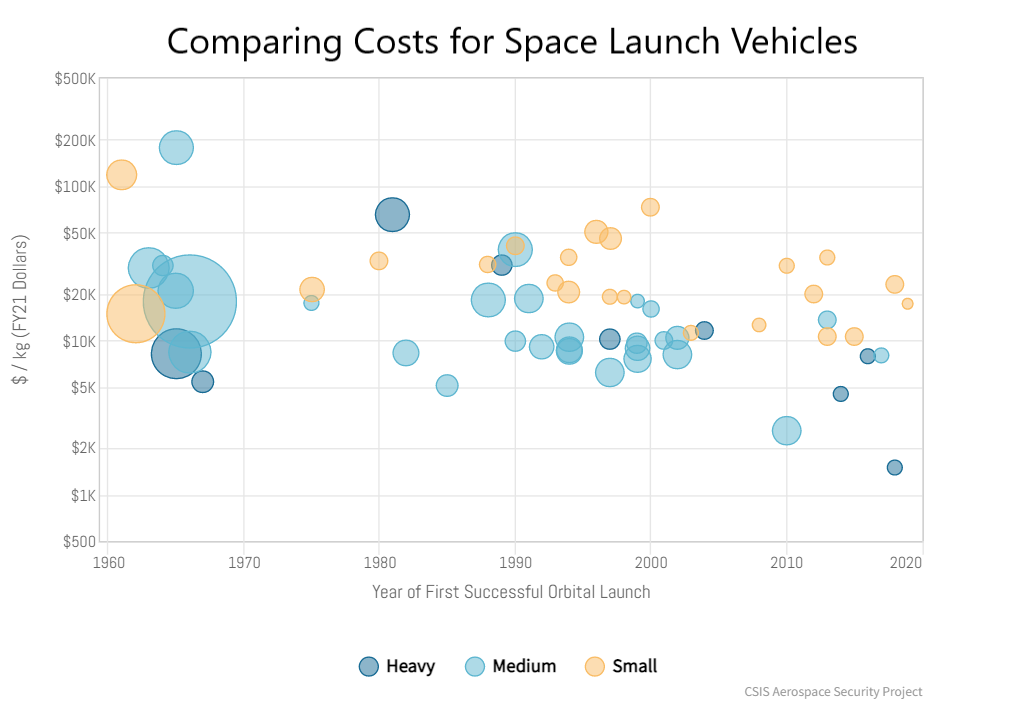– Advertisement –
What are so-called “gold IRAs,” and why are they all of a sudden such popular investment vehicles? If you’ve spent more than five minutes viewing financial news in the past year, then you have no doubt seen reports about the popularity of a particular type of self-directed IRA (SDIRA), called a gold IRA.
More properly, these interesting retirement accounts are known as precious metals IRAs. It doesn’t matter what you call them. The point is that they are gaining traction among working people of all ages who want to build safe retirement savings without having to deal with the volatility and uncertainty of the stock market and the global economy.
What are the key facts to know about precious metals IRAs? Here are the basics:
You Can Convert to a PMIRA (Precious Metals IRA)
If you want to convert your current, traditional IRA (whether it’s a Roth or non-Roth version) into a gold IRA, it only takes about 20 minutes online with a rep from a broker who deals with these kinds of accounts. There’s a significant point to remember, though.
You have to buy metals directly from a dealer/broker, who is often a financial institution, coin dealership, or bank. You cannot place metals that you already own into a PMIRA. Also, in addition to a metals seller, the IRS requires you to work with a trustee who will manage this very special type of self-directed IRA for you. Finally, you must decide on a “custodian,” a company that will hold the physical metal in a vault for safekeeping.
The good news is that many coin dealers and financial institutions specialize in gold IRAs and can help you buy your metals, select a trustee, and ship the physical metals to an IRS-approved storage facility, all in a single phone call. This one-stop-shop method is the way most people set up PMIRAs.
They Can Hold Four Kinds of Metals
The reason the term “gold IRA” is a misnomer is because you can place any of four metals into the account, according to IRS regulations. The four are gold, silver, platinum, and palladium.
Rules are Strict
As noted above, you have a choice of metals among the “big four” PMs. However, there are strict laws about purity, which means you can’t buy any gold or silver coin and put it into a PMIRA. For example, when it comes to the two most popular (by far) metals that people put into IRAs, gold, and silver, each kind must be at least 99.9 percent pure.
This high threshold of purity means you can’t include items like Mexican Libertad coins or even South African Krugerrands. The Libertad does not meet the purity rule, and the Krugerrand, while it is a pure enough form of gold, is considered a “collectible” coin, thus breaks the other rule of PMIRAs: NO collectible coins of any kind can be a part of the account.
Potential Returns are High
The potential returns on precious metals is quite high, but so is the risk of a drop in value. Throughout history, however, gold and silver have never been worthless. Compared to stocks, bonds, and mutual funds, precious metals come with outsize room for price increases and do not carry the potential of bankruptcy.
They’re Mostly Used To Diversify
The vast majority of people who set up PMIRAs also maintain traditional IRAs that hold cash, stocks, or similar “paper” investments. It’s common for investors to use a gold IRA as a way to diversify retirement portfolios. Traditionally, precious metals prices rise when the stock market, and the global economy, falter.
– Advertisement –



